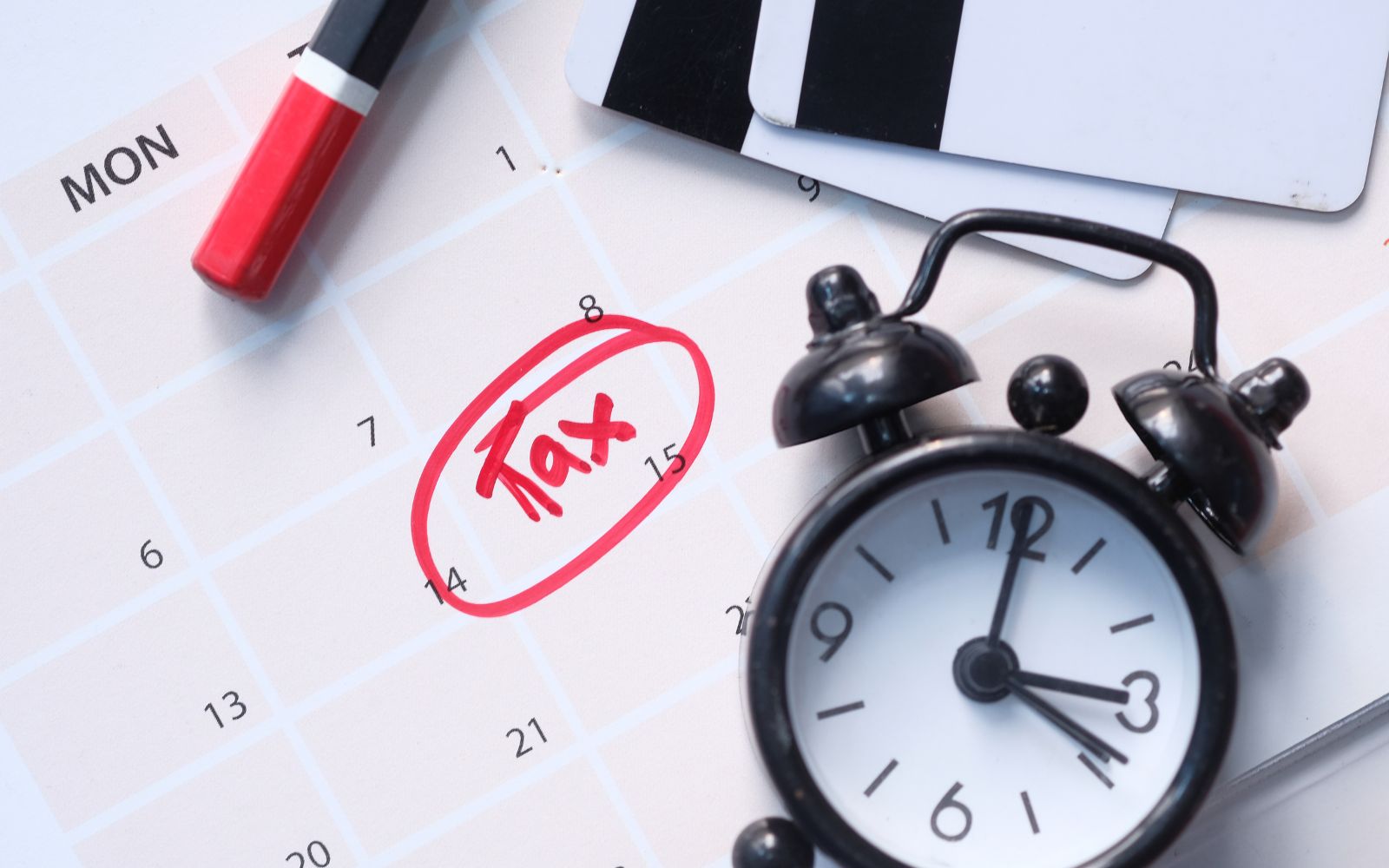R&D Tax Credits: How To Correctly Apportion Time

One of the most significant advantages of R&D Tax Credits, is that you can claim the cost of your staff involved in R&D activities as eligible expenditure. However, when calculating these expenses, you should always keep in mind that most employees won’t spend 100% of their time on R&D activities. Their retribution will therefore have to be correctly apportioned based on how much of their time they spent on it.
When you submit a claim to HMRC, you will need to include technical documentation and records that support the amount of expenses you are claiming. This should include, ideally, records of the amount of time spent on R&D activities for each of the employees involved.
What constitutes an appropriate record?
As per HMRC guidance, there is no specific record-keeping requirement or standard, for R&D Tax Credits purposes. However, some sort of real-time time-keeping system is highly recommended. If you’re starting a R&D project that you know you’re going to claim tax credits for, it is highly advisable that you put this system in place before you start, as it will save you a considerable amount of time when submitting your claim.
When it comes to what time-tracking system you should use, it doesn’t really make a difference in the eyes of HMRC. We use Toggl in the office, but there is a wide choice of solutions out there.
Anyway, many Founders come to us having just found out that they can claim R&D Tax Credits, so they didn’t have any time-tracking systems in place at the time the relevant projects were carried out.
In this cases, apportioning time spent by each employee will require some degree of estimation. Since these estimates are in lieu of accurate timesheets, they need to be justified by a clear rationale and method that is, ideally verifiable.
You will need to establish a methodology to provide supporting evidence of time spent on R&D by each employee. This can vary on a case-to-case basis: you could use the start and end date of your R&D project and divide that duration for the total annual working hours and use that as the proportions. Otherwise, for example, if one of your employees is primarily assigned to R&D but is also involved in some admin operations, you can estimate the weekly hours they spend doing admin work and subtract that as a percentage. Obviously, the more of this can be corroborated by evidence and internal records, the easier it will be to get approval from HMRC.
It is important that you keep in mind that product development is not a synonym of R&D. HMRC’s definition of R&D includes all activities that contribute towards the resolution of a scientific or technological uncertainty. This means that any other activity necessary to develop your product is not to be included, for example: market research, legal work concerning intellectual property and design work that is not strictly functional to the scientific/technical purpose of your product should not be included.
The information available on this page is of a general nature and is not intended to provide specific advice to any individuals or entities. We work hard to ensure this information is accurate at the time of publishing, although there is no guarantee that such information is accurate at the time you read this. We recommend individuals and companies seek professional advice on their circumstances and matters.




